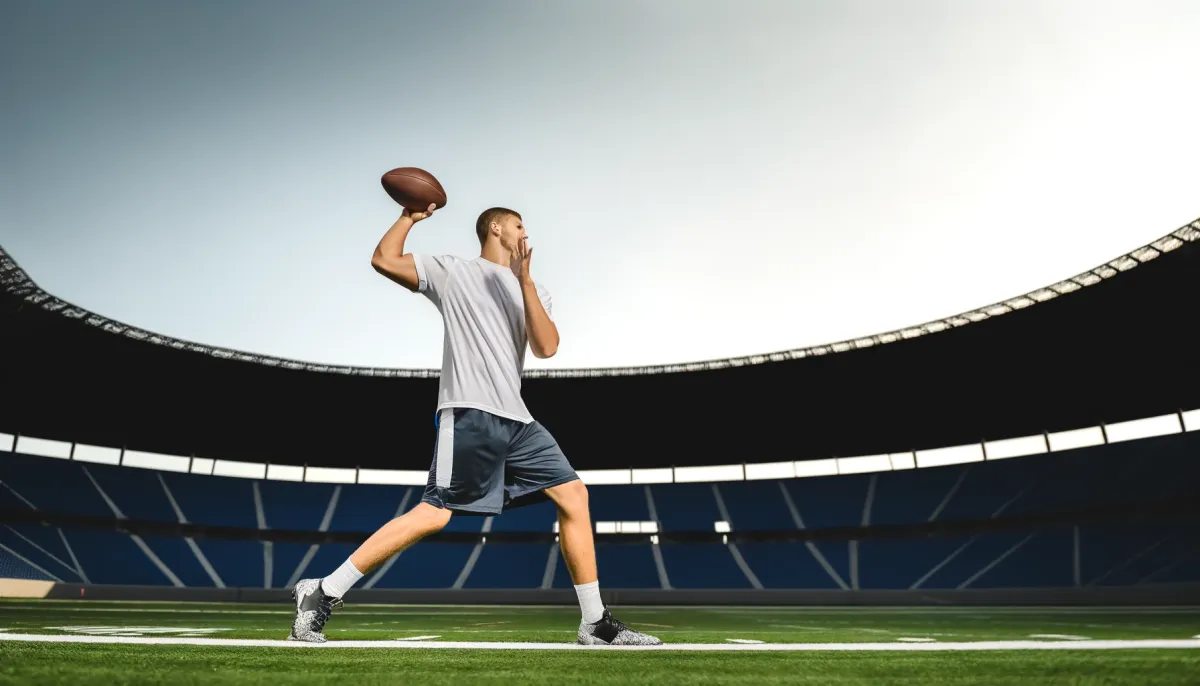Laying the Groundwork: A Quarterback’s Guide to Early Offseason Throwing Workouts

As a quarterback, the complexity and intensity of your throwing workouts change depending on how near you are to the start of the season. Jumping over cones, evading rushers, and making 100+ throws in a day is not advisable if you are in the first month of the offseason. The goal is to build a foundation where the proper biomechanical sequence becomes automatic, and you build a baseline volume to manage load. You then ramp up to more complex drills and higher throw counts. This blog delves deeper into what NFL QBs do early in the offseason and the rationale behind it.
Lower Intensity and Complexity
What NFL QBs Do: After a month or two going cold turkey, NFL
quarterbacks get back to the basics in the first month of the offseason,
focusing on biomechanics and footwork, not movement drills, visual impairment drills, or decision-making drills (all of which come deeper in the offseason). We typically take standard drops and throw to wideouts who are either "spot catching" or running at 85%. The focus is on mechanics, mechanics, mechanics, and engraining the correct throwing sequence.
Rationale: According to Dr. Rob Gray, a professor with over 25 years of experience in perceptual motor skill, and author of "How We Learn to Move," the early stages of any athletic training should focus on ingraining fundamental movement patterns first. For a quarterback, this means refining the basics of footwork and throwing mechanics in a controlled setting with de minimis complexity. By reinforcing these basic movements, the nervous system internalizes the essential patterns, reducing the cognitive load as these movements become more automatic.
Lower Volume
What NFL QBs Do: Our throw volume (how many throws per session) is relatively low the first month, with about x throws per week and around 40-60 per session. The goal is to build a foundation, then ramp up to a higher volume—80-100 per session—to prepare for the demands of training camp.
Rationale: The focus early on should be on executing each throw with precision rather than quantity. This approach, supported by Dr. Gray's insights, suggests that high-quality, low-volume training in the early offseason can significantly reduce the risk of injuries while enhancing motor learning.
Then What
As the offseason progresses, the volume and intensity will gradually increase. A future blog will delve deeper into the second phase of the offseason and what changes.
If you're interested in QB specific throwing, lifting and sprint training, customized to you, with the same systems used to train NFL Quarterbacks, take the assessment and get the app at kinetex.co. If you're interested in reading about all things quarterbacking and throwing biomechanics, subscribe to the blog.
